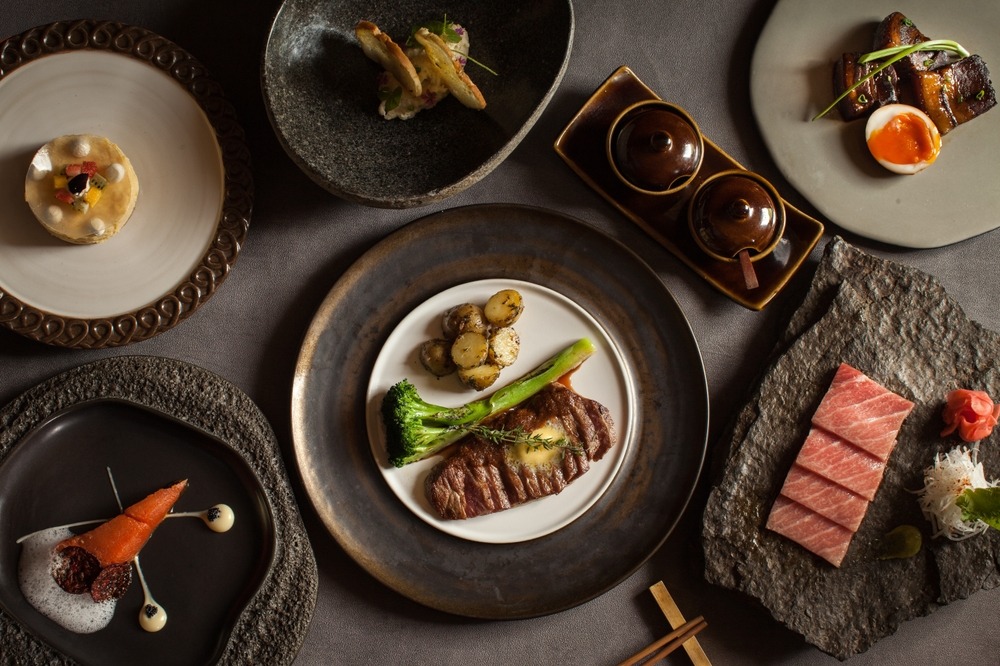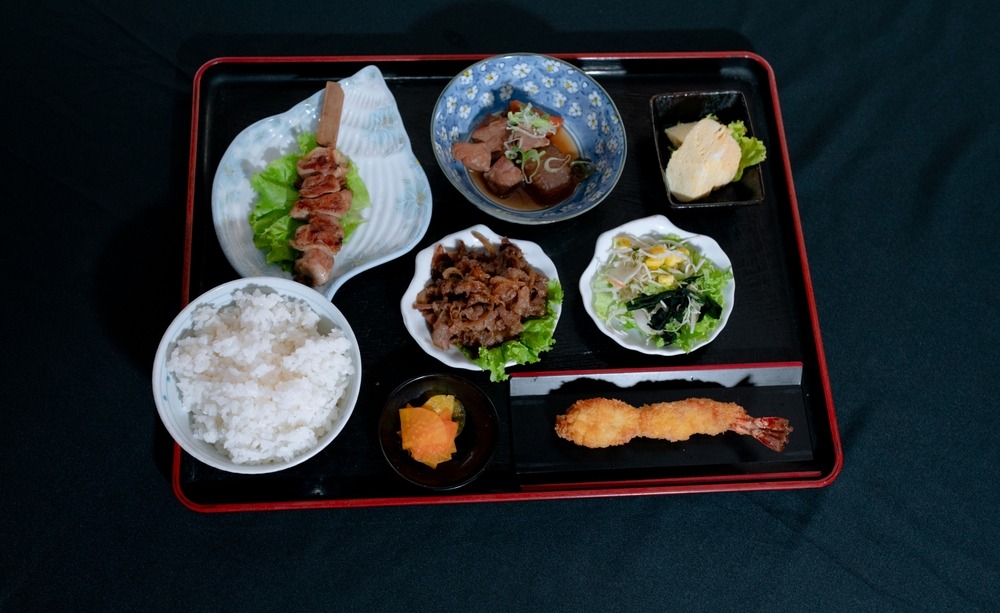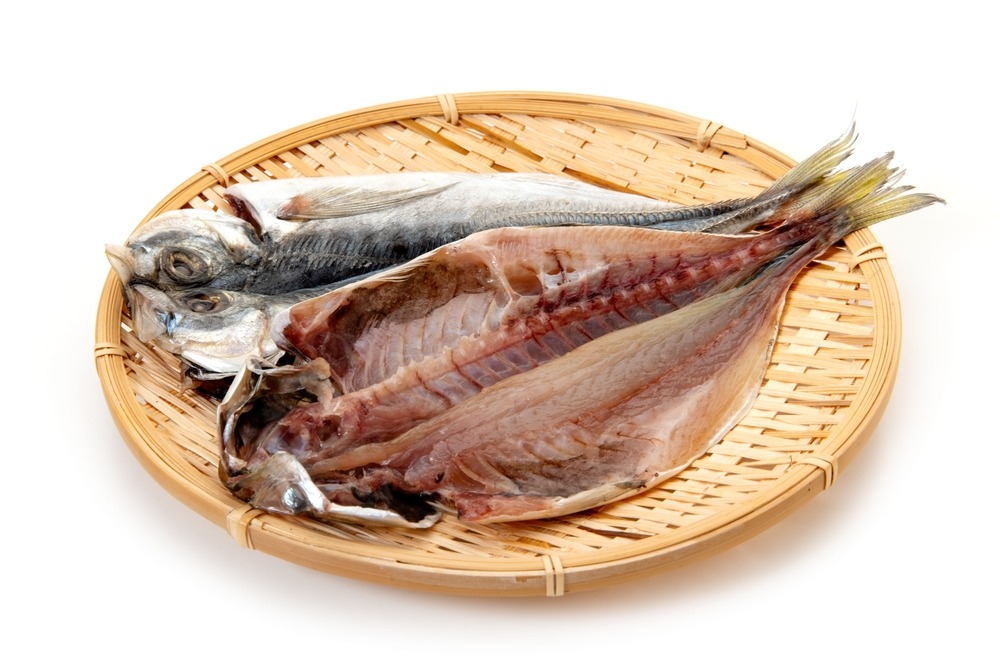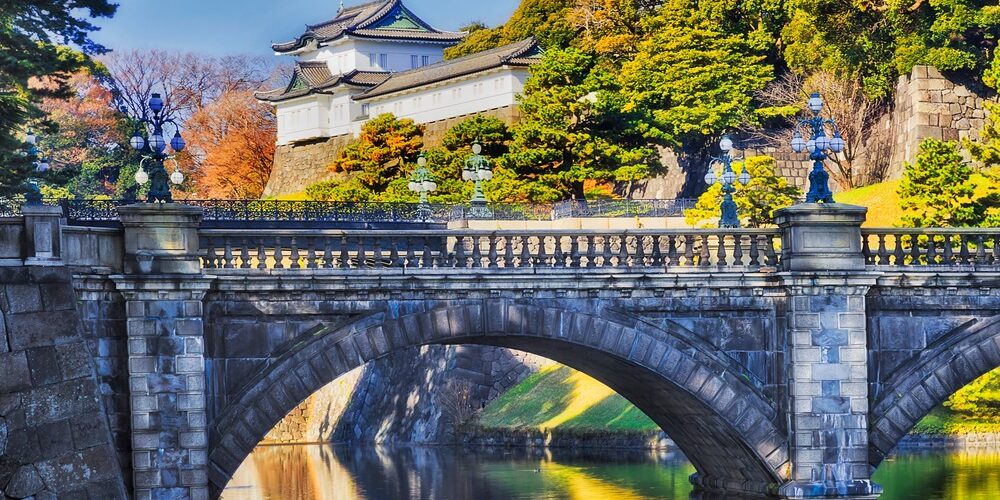Cuisine of Tokyo’s Imperial PalaceThe Best of Japanese Cuisine Served at the Imperial Palace
A Tradition of Culinary Excellence
At the Tokyo Imperial Palace, cuisine is not simply about food—it is about tradition, presentation, and cultural expression. When state banquets or official luncheons are hosted for visiting dignitaries, every detail is carefully considered to reflect the refinement of Japanese hospitality. The chefs at the palace uphold centuries of culinary artistry, ensuring that each dish highlights seasonality, elegance, and the highest quality ingredients.
Menus themselves are closely guarded, but history shows that imperial dining follows the principles of harmony and respect that define Japan’s culinary heritage. Banquets are built around balance and beauty, offering guests a glimpse into the artistry of the nation’s finest cuisine.
Kaiseki – The Heart of Imperial Dining

One of the cornerstones of imperial banquets is kaiseki, a multi-course style of dining that elevates seasonal ingredients into works of art. Kaiseki is rooted in the philosophy of “ichijū-sansai,” meaning “one soup and three dishes.” This simple structure blossoms into a sequence of courses—appetizers, sashimi, simmered dishes, grilled specialties, and delicately crafted desserts. Each course is designed to reflect not only flavor but also visual beauty and seasonality.
Sushi and Sashimi – Symbols of Purity

Sushi and sashimi often play a central role in formal Japanese dining, and it is likely that they feature prominently at imperial banquets. Perfectly sliced fish arranged with artistry and precision conveys purity, freshness, and the respect of the host. Nigiri, sashimi, and pressed sushi varieties showcase both the skill of the chef and the cultural symbolism of simplicity and refinement.
Tempura, Teppanyaki, and Hot Pots

Imperial banquets may also incorporate some of Japan’s most beloved elevated dishes. Light, crispy tempura highlights the natural flavors of shrimp, fish, and seasonal vegetables. Teppanyaki, the elegant grilling of premium beef and vegetables, offers a modern yet refined experience. Hot pot dishes such as shabu-shabu or sukiyaki, made with the highest grades of wagyu beef, allow for a communal but luxurious presentation that honors tradition while creating an atmosphere of warmth.
Time-Honored Preservation – Himono

Historically, dried and salted fish known as himono was part of the Japanese court’s cuisine. While it is now a cultural specialty rather than a banquet centerpiece, its place in history reminds us how traditional preservation methods continue to influence modern Japanese dining.
A Conceptual Imperial Banquet
To imagine a dining experience at the Imperial Palace is to picture a carefully choreographed journey of flavors and aesthetics:
- Welcome Course: Small seasonal appetizers, perhaps vinegared vegetables or a delicate fish jelly.
- Sashimi and Sushi: Arranged with elegance, featuring tuna, sea bream, or other seasonal seafood.
- Grilled or Simmered Dish: A seasonal fish, or vegetables enhanced with light sauces.
- Tempura or Teppanyaki: Shrimp, vegetables, or premium wagyu, perfectly balanced.
- Hot Pot Course: Thin slices of beef in shabu-shabu or sukiyaki, served with vegetables in an elegant broth.
- Rice and Soup: Upholding the ichijū-sansai principle with rice, miso soup, and side dishes.
- Dessert: Wagashi sweets such as yokan or mochi, paired with green tea, presented with seasonal motifs.
Each dish flows seamlessly into the next, with emphasis on harmony, presentation, and seasonal expression.
Conclusion
Japanese cuisine at the Imperial Palace is a living expression of cultural heritage and refinement. While menus remain discreet, the philosophy behind them is clear: respect for nature’s seasons, precision in preparation, and an unwavering dedication to harmony. To dine at the Imperial Palace is to experience not just a meal, but a reflection of the nation’s spirit itself. For those who seek a Tour of Japan, there is nothing greater than eating the authentic imperial cuisine during your stay.


































